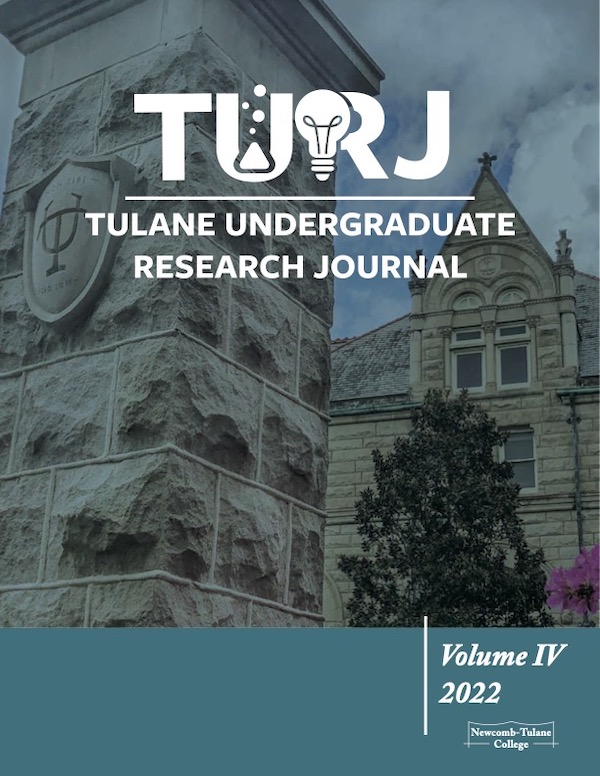Environmental Disasters and Water Quality: A Multifaceted Look into the Effects of Anthropogenic and Natural Disasters on Water Quality Metrics in Coastal Louisiana
Abstract
Water quality plays an important role in the ecological, economical, and societal well-being of all communities. Perhaps nowhere is this more important than coastal Louisiana, with many towns subsisting primarily on maritime industry and countless communities being at the mercy of the state of the Gulf of Mexico.1 In every ecological disaster affecting coastal regions, whether natural or anthropogenic, some 2.6 million people, approximately half the population of the state, are at risk of losing their homes, their livelihoods, or even their very lives.2 Keeping the importance of water quality to these communities in mind, we set out to quantify and analyze the effects of two natural disasters (Hurricanes Rita and Harvey) and one anthropogenic ecological disaster (the BP oil spill) on salinity, pH, and dissolved oxygen (DO). These parameters are some of the most important water quality metrics for industries such as the seafood industry3, which comprises a large portion of the economy in Southern Louisiana.4 Using these metrics, we found that hurricane activity was strongly linked to changes in both salinity and pH. However, the anthropogenic ecological disaster we investigated, the BP oil spill, was not linked to significant changes to either top or bottom layer dissolved oxygen, despite the fact that chemical dispersant agents used have been linked to a lowering of DO levels.5 It is posited that this finding relates more to the distance between the Deepwater Horizon wellhead (the site of the spill) and the Louisiana Universities Marine Consortium (LUMCON) Facility in Cocodrie, Louisiana (the site of water sampling) than it does to the actual effect of these agents.
Downloads
Downloads
Published
Issue
Section
License
Copyright (c) 2022 Eshan Damle, Ysabelle Broderson, Nicola Anderson, Sharhana Shrestha, William Bai, Jordan Godfrey, Arjun Yusufji, Lindsey Friedmann, Yasmin Maurice, Meagan Kelly, Grace Qian, Meenakshi Vijayaraghavan

This work is licensed under a Creative Commons Attribution-NonCommercial-NoDerivatives 4.0 International License.
Tulane Undergraduate Research Journal is an open-access journal, so articles will be released under a Creative Commons Attribution-Noncommercial-NoDerivs CC-BY-NC-ND 3.0 Unported license, allowing the free dissemination of the work for noncommercial purposes. Authors retain copyright to the work and grant the journal right of first publication with the work simultaneously licensed under the Creative CommonsAttribution-NonCommercial-NoDerivs 3.0 Unported (CC BY-NC-ND 3.0) [see http://creativecommons.org/licenses/by-nc-nd/3.0/legalcode]; authors further grant the journal a waiver of clause 4(b) [restriction against commercial advantage or private monetary compensation]. If the journal rejects the work, the journal simultaneously waives the granted right of first publication.



